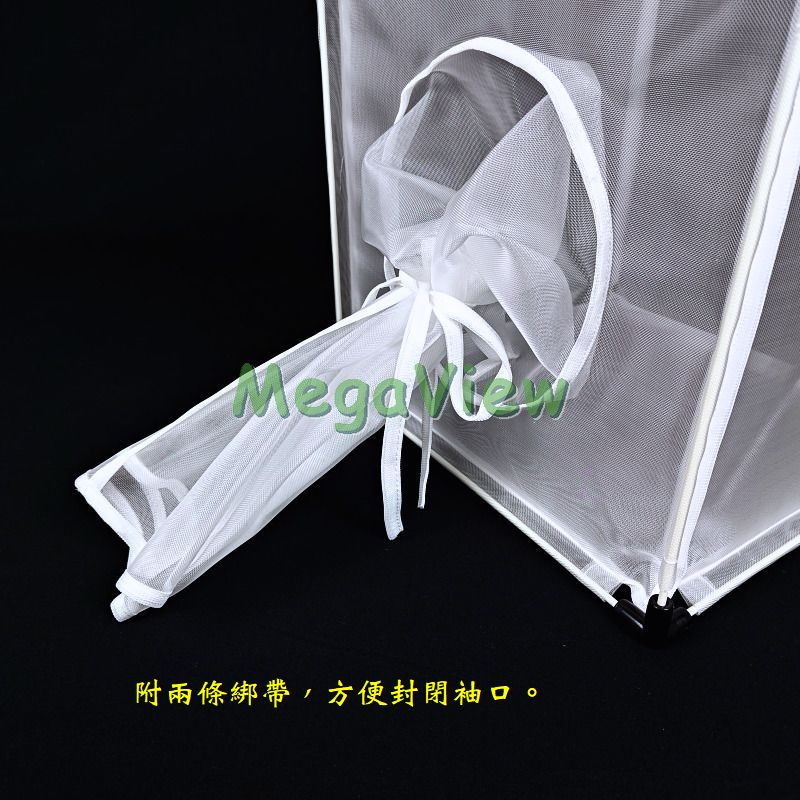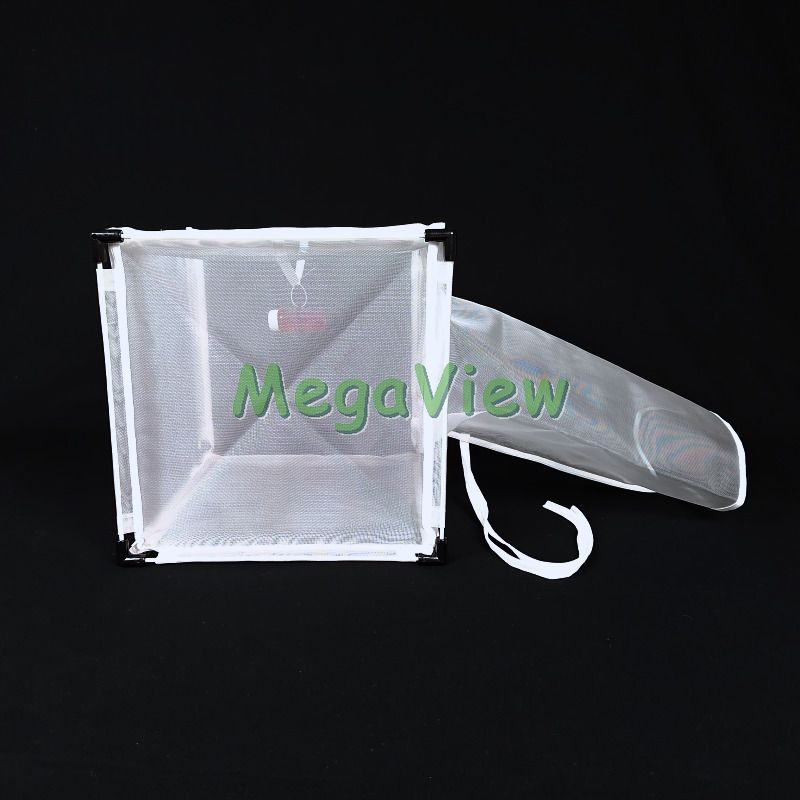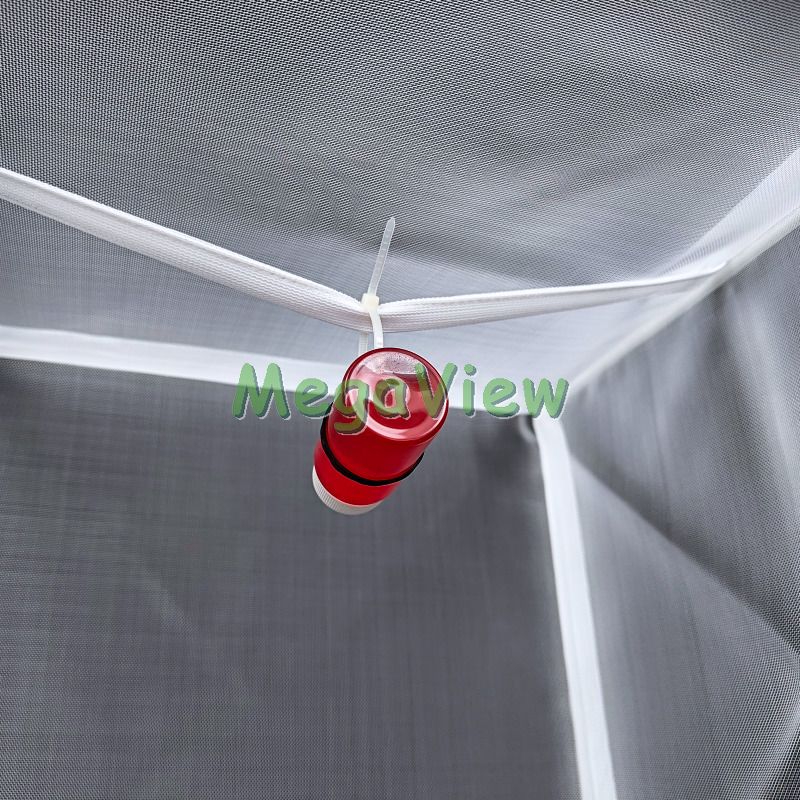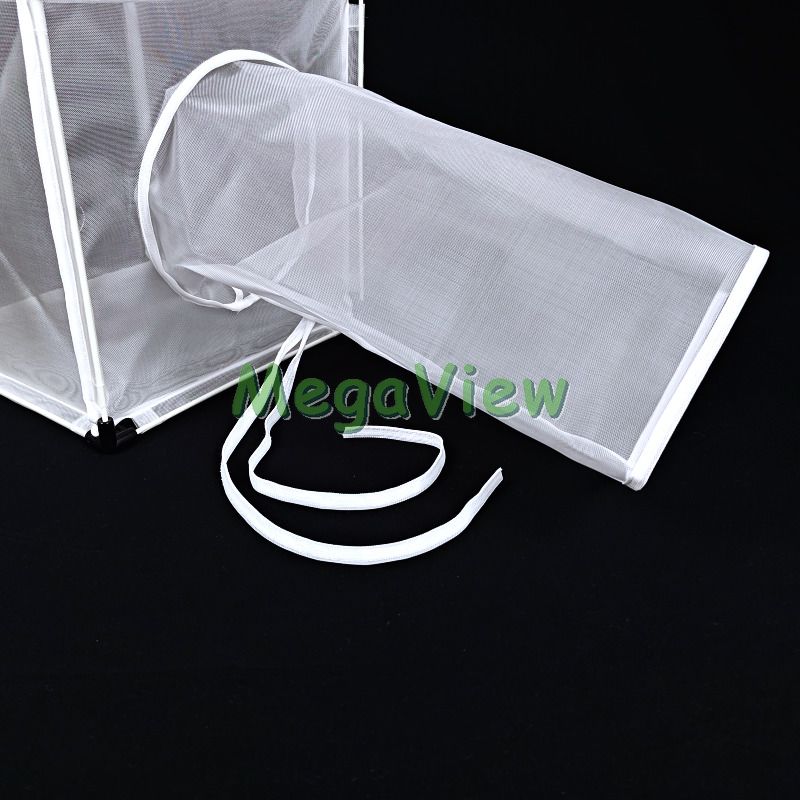描述
BugDorm-4 組合式養蟲籠,全系列台灣製造。組裝容易,框架位於籠體外部,籠內沒有可供昆蟲躲藏的狹縫。因應客戶常常需要在溫室或戶外飼養昆蟲,2024年特別推出BD4H系列,全帳體包括六個面及袖套皆採用粗線徑的尼龍網布,堅固耐用,網目約為40×32。組合後尺寸32.5×32.5×32.5公分,此款網布的耐候性、耐咬性及透氣性俱佳。袖套的部分有兩條綁帶,方便封閉開口,因為此款網布比較硬挺,封閉袖套比較困難,如果用綁繩不夠緊密,您還可以自行用合適的夾子來加強。
註:我們曾用此養蟲籠飼養蟋蟀,蟋蟀並無法咬破這款網布。另外,根據我們在台中低海拔地區的測試,本品所採用之粗線徑尼龍網布,在戶外無樹蔭環境、無外力侵擾的狀況下,可以耐候超過一年。以上數據僅供參考,實際的壽命還是會依不同地區的氣候環境而有所不同。
近10年相關國際期刊文章:
- Testing of UK populations of Culex pipiens L. for Schmallenberg virus vector competence and their colonization. Manley et al. (2015). PLoS One, 10(8), e0134453.
- Specialized pheromone and lure application technology as an alternative male annihilation technique to manage Bactrocera tryoni (Diptera: Tephritidae). Reynolds et al. (2016). Journal of Economic Entomology, 109(3), 1254-1260.
- Maternally induced intraclutch cannibalism: an adaptive response to predation risk?. Tigreros et al. (2017). Ecology Letters, 20(4), 487-494.
- The Effect of SkitoSnack, an Artificial Blood Meal Replacement, on Aedes aegypti Life History Traits and Gut Microbiota. Gonzales et al. (2018). Scientific Reports, 8(1), 1-14.
- Translating olfactomes into attractants: shared volatiles provide attractive bridges for polyphagy in fruit flies. Biasazin et al. (2019). Ecology Letters, 22(1), 108-118.
- A CRISPR homing gene drive targeting a haplolethal gene removes resistance alleles and successfully spreads through a cage population. Champer et al. (2020). PNAS, 117(39), 24377-24383.
- Cold hardiness of the South American tomato pinworm Tuta absoluta (Lepidoptera: Gelechiidae): both larvae and adults are chill‐susceptible. Tarusikirwa et al. (2021). Pest Management Science, 77(1), 184-193.
- Hitting the right note at the right time: Circadian control of audibility in Anopheles mosquito mating swarms is mediated by flight tones. Somers et al. (2022). Science Advances, 8(2), eabl4844.
- Descending neurons of the hoverfly respond to pursuits of artificial targets. Ogawa et al. (2023). Current Biology, 33(20), 4392-4404.
- Mating harassment may boost the effectiveness of the sterile insect technique for Aedes mosquitoes. Zhang et al. (2024). Nature Communications, 15, 1980.












